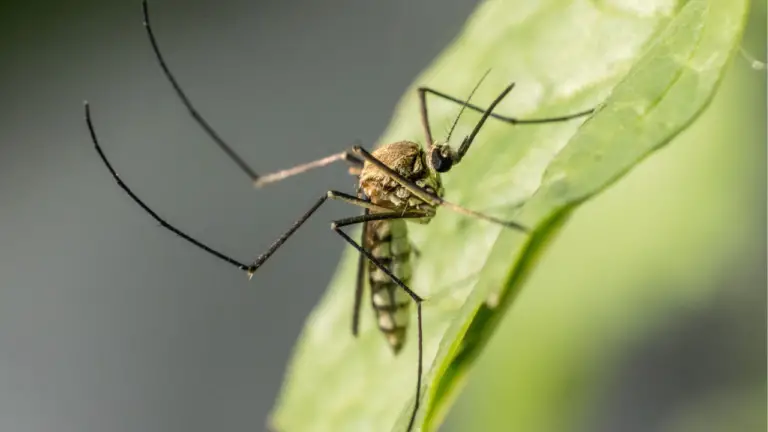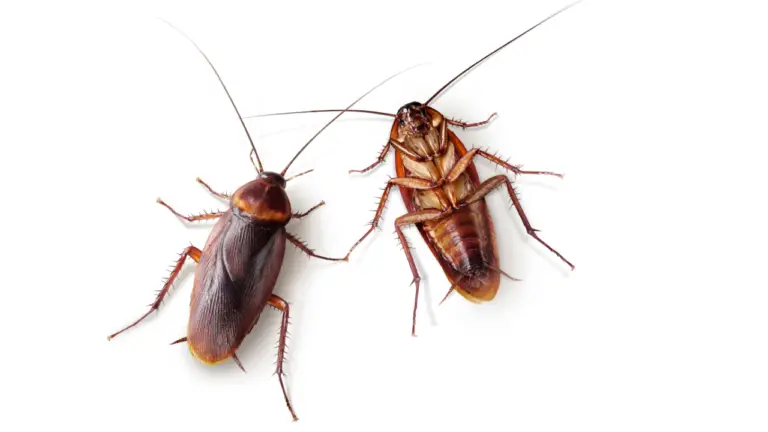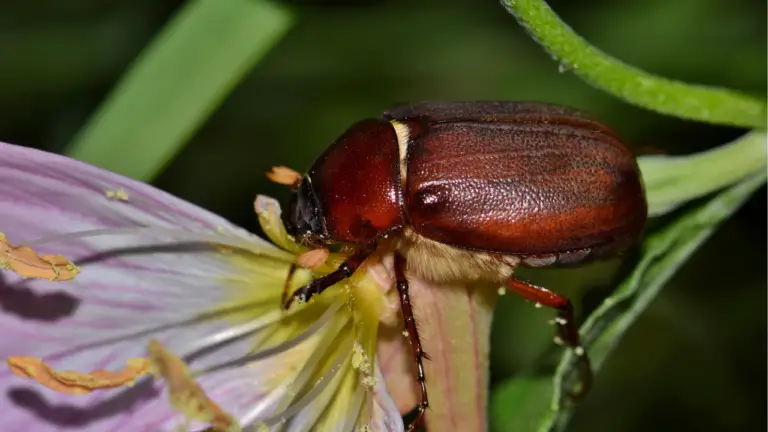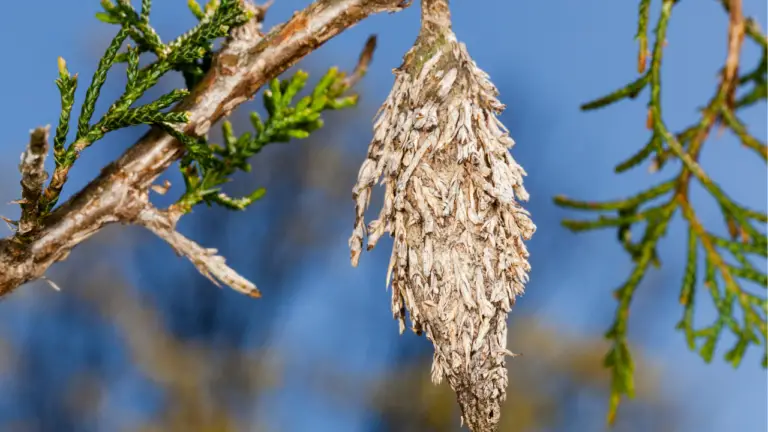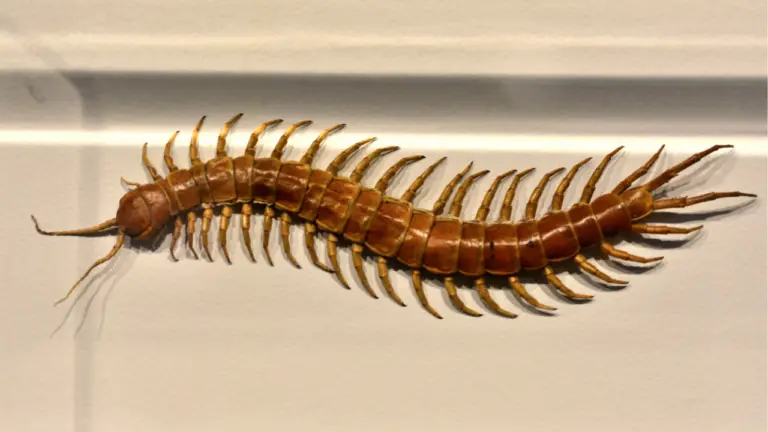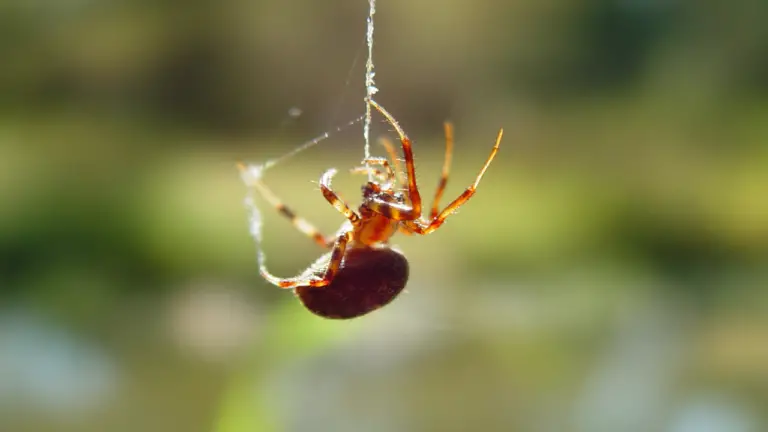10 Ways To Get Rid Carpenter Bees
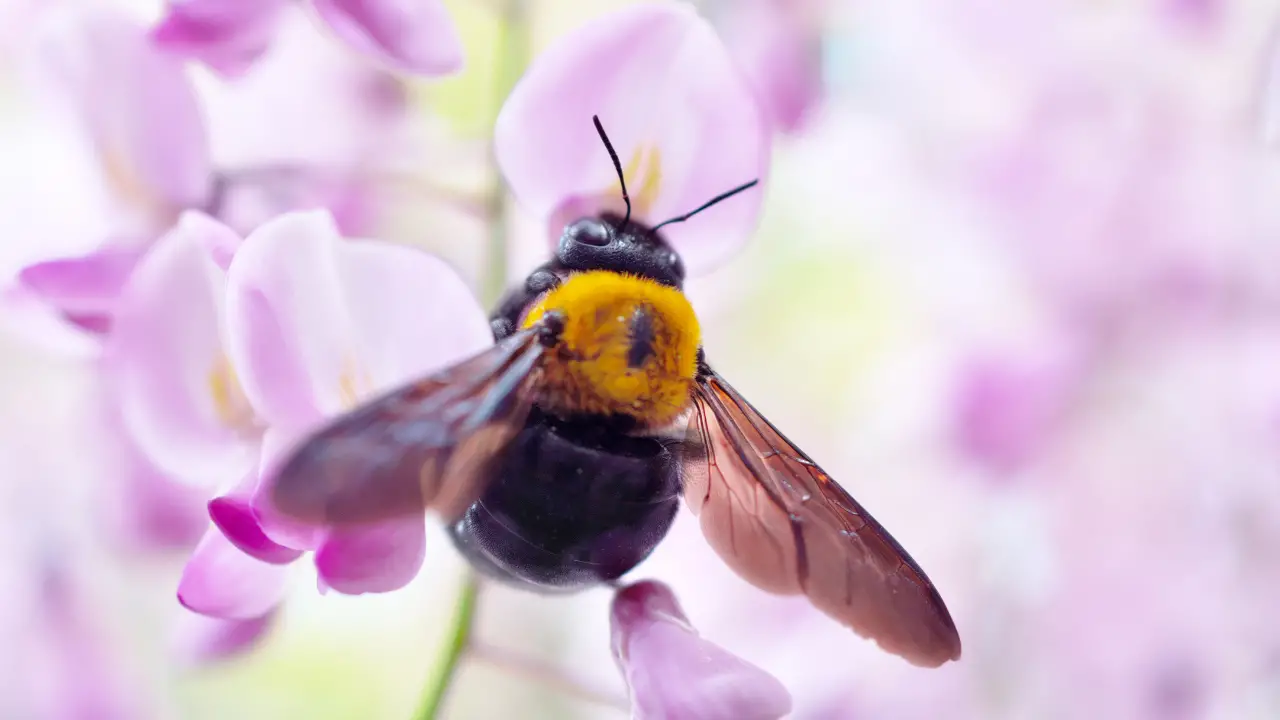
Carpenter bees, while not as aggressive as some other bee species, can cause significant damage to wooden structures in and around your home. Unlike honeybees, carpenter bees do not live in colonies but rather burrow into wood to create individual nests. Over time, these nests can weaken wooden structures, causing costly damage. Thankfully, there are several methods available to manage and eliminate carpenter bees, ranging from natural remedies to synthetic solutions. This article will provide a comprehensive guide on how to get rid of carpenter bees effectively.
10 Ways To Get Rid Carpenter Bees
1. Citrus Spray
Citrus sprays are an excellent natural deterrent for carpenter bees. The acidic nature of citrus fruits is repellent to many insects, including carpenter bees. To make a citrus spray, boil the rinds of citrus fruits like lemons, oranges, or limes in water. Once the mixture cools, pour it into a spray bottle and apply it to areas where carpenter bees are active.
Regular application is necessary to maintain its effectiveness. The strong citrus scent drives the bees away without harming them or the environment. This method is especially useful for homeowners who prefer non-toxic solutions and have children or pets around.
2. Almond Oil
Almond oil is another natural repellent that can help keep carpenter bees at bay. The smell of almond oil is offensive to these bees and can deter them from nesting in your wood. To use almond oil, simply apply it to areas where you have seen carpenter bee activity or suspect they might create nests.
Reapplication every few weeks is necessary, especially after rain or washing surfaces, as the oil can be easily washed away. This method is a safe and environmentally friendly option that can significantly reduce carpenter bee presence around your home.
3. Boric Acid
Boric acid is a synthetic option that is highly effective in exterminating carpenter bees. This compound works as a poison to the bees, killing them when ingested. To use boric acid, apply it directly into the bee holes or nests using a powder duster or syringe.
While boric acid is effective, it is essential to use it cautiously, as it can be toxic to pets and humans if ingested in large quantities. Ensure that you follow the manufacturer’s instructions and consider wearing protective gear when handling boric acid.
4. Steel Wool
Steel wool is a simple yet effective way to block carpenter bee holes. After identifying the holes, pack them with steel wool. The texture and material of steel wool are unappealing and challenging for the bees to chew through, effectively sealing off their entry points.
This method is best used in conjunction with other deterrents like sprays or oils to prevent new holes from being created. Steel wool is a safe, non-toxic solution that provides a physical barrier to protect your wooden structures.
5. Vinegar Spray
Vinegar is a versatile household item that can also be used to deter carpenter bees. The strong odor of vinegar is repulsive to these bees. To make a vinegar spray, mix equal parts of water and white vinegar in a spray bottle and apply it to affected areas.
Regular spraying can help maintain its effectiveness, particularly during the bees’ active season. Vinegar spray is a natural, non-toxic method that can be safely used around pets and children, making it a popular choice for many homeowners.
6. Essential Oils
Essential oils like tea tree, lavender, and eucalyptus are potent natural repellents against carpenter bees. The strong scents of these oils are unpleasant to the bees and can prevent them from nesting. Mix a few drops of essential oil with water and spray it around the areas where carpenter bees are active.
This method not only helps to repel the bees but also leaves a pleasant fragrance around your home. Essential oils are a natural, eco-friendly option that can be customized based on your scent preference and repellent needs.
7. Diatomaceous Earth
Diatomaceous earth is a natural, non-toxic powder that can effectively kill carpenter bees. It works by damaging the bees’ exoskeletons, leading to dehydration and death. Apply diatomaceous earth directly into the carpenter bee holes and around the infested areas.
This method is safe to use around pets and children, but it requires regular reapplication, especially after rain. Diatomaceous earth provides an environmentally friendly way to manage carpenter bee infestations without relying on harsh chemicals.
8. Paint and Varnish
Painting or varnishing wooden surfaces can help deter carpenter bees from nesting. Bees prefer untreated, bare wood for their nests, so sealing the wood with paint or varnish makes it less attractive to them. Use high-quality exterior paint or varnish to cover all exposed wood surfaces.
Regular maintenance and reapplication are necessary to ensure continued protection. This method not only helps prevent carpenter bee infestations but also adds a protective layer to your wood, enhancing its durability and appearance.
9. Insecticidal Dust
Insecticidal dust is a synthetic product that can effectively eliminate carpenter bees. This dust contains chemicals that are toxic to bees when they come into contact with it. Apply the dust directly into the carpenter bee holes using a duster or syringe.
It’s important to follow the manufacturer’s instructions and take safety precautions when using insecticidal dust, as it can be harmful to humans and pets. This method provides a powerful solution to severe carpenter bee infestations but should be used with caution.
10. Electronic Insect Zappers
Electronic insect zappers can help reduce the carpenter bee population around your home. These devices attract bees with light and then electrocute them. Place the zappers in areas where you have noticed carpenter bee activity.
While electronic insect zappers can be effective, they may also attract and kill other beneficial insects. Use this method as part of an integrated pest management approach to minimize its impact on non-target species.
By using a combination of these natural and synthetic methods, you can effectively manage and eliminate carpenter bee infestations, protecting your wooden structures and maintaining a bee-free environment.

